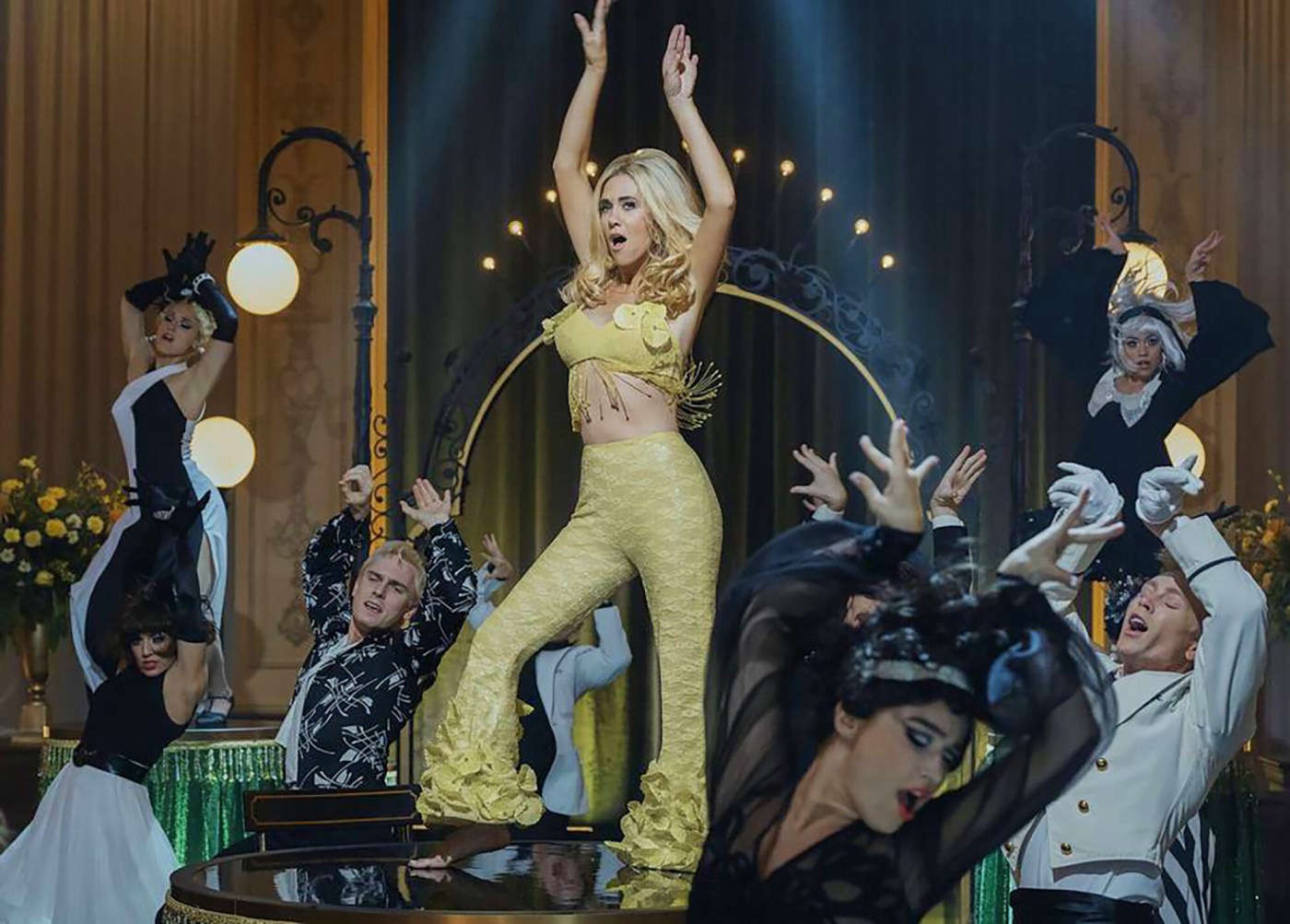The second season of the Apple TV comedy “Palm Royale” premiered this week, showcasing a vibrant array of costumes that play a crucial role in the storytelling. With Kristen Wiig stepping out of a vintage Rolls-Royce in a striking ensemble, the fashion is not merely an aesthetic choice, but a powerful narrative element. The show follows Wiig’s character, Maxine, as she navigates the complexities of Palm Beach high society in 1969, facing off against a star-studded cast including Carol Burnett, Allison Janney, Leslie Bibb, and Laura Dern.
Costume Design Drives Narrative and Character Development
Costume designer Alix Friedberg has once again taken the lead in shaping the visual identity of the series. For this season, she reports that her team coordinated “thousands” of looks, with approximately 50-60% of the costumes being original vintage pieces sourced specifically for the show. These costumes not only reflect the characters’ personalities but also enhance the comedic and dramatic elements of the series.
“The looks are so iconic. Sometimes Kristen will walk in in something, and it brings tears to my eyes,” said Kaia Gerber, who portrays Mitzi. This emotional connection to the costumes speaks volumes about their importance in the show’s narrative architecture. Friedberg emphasizes that if a character needs to wear an outfit in multiple scenes, her team creates duplicates to maintain continuity, ensuring that the costumes reflect the evolving dynamics of the story.
Friedberg highlights specific pieces that stand out, such as original designs from Oscar de la Renta and Halston. “There’s a dress that (Janney’s character) Evelyn wears that’s this all emerald green jersey, it’s an original Halston and it’s so stunning on her,” she noted. This attention to detail helps to evoke a sense of authenticity and period accuracy, immersing viewers in the era.
Fashion as a Vehicle for Humor and Empowerment
The costumes also serve as a vehicle for humor, particularly through Janney’s character, Evelyn, whose deadpan delivery contrasts sharply with her extravagant outfits. Friedberg elaborates, “She’s delivering this dialogue, these lines with, like, seven wigs on top of her. The absurdity comes out really in how these women present themselves time and time again.”
Burnett, who plays the scheming Norma, describes costume fittings as “great fun,” and notes they were instrumental in shaping her character. The signature turban worn by Norma began as a practical solution to save time in hair and makeup but quickly became a defining feature. Friedberg recalled, “The first time she put it on, we both said, ‘Oh, that’s really so fabulous.’” Each costume built for Burnett’s character was designed with this turban in mind, showcasing how fashion can influence character development.
Beyond mere spectacle, the costumes reflect deeper themes of female empowerment. Friedberg explains that Evelyn’s increased use of pants this season signifies a shift in societal norms. Similarly, Bibb’s character, Dinah, evolves from a trophy wife persona into a more independent figure, donning pantsuits that signify her newfound autonomy and modernity.
Costume choices for male characters also reflect their emotional journeys. Josh Lucas, who plays Douglas, suggested that his character’s wardrobe would show someone used to being dressed by women, culminating in a collection of threadbare Hawaiian shirts as his circumstances shift. Friedberg noted, “You can kind of see them, as the series goes along, getting a little bit more and more threadbare.”
As the season progresses, Gerber’s character undergoes a significant transformation, paralleling her financial ascent with luxurious gowns and jewelry that reflect her inner growth. “It was so fun to be able to be wearing these expensive gowns and jewelry,” she said, highlighting how the costumes mirror her character’s journey toward empowerment.
Ultimately, Friedberg emphasizes that each costume carries meaning beyond its visual appeal. “Maxine wears this original Oscar de la Renta dress that is very much something that Norma would wear, and it is saying to the audience without saying to the audience that she’s arrived,” she explained. This layer of storytelling through costume design exemplifies how “Palm Royale” continues to innovate within the television landscape.
